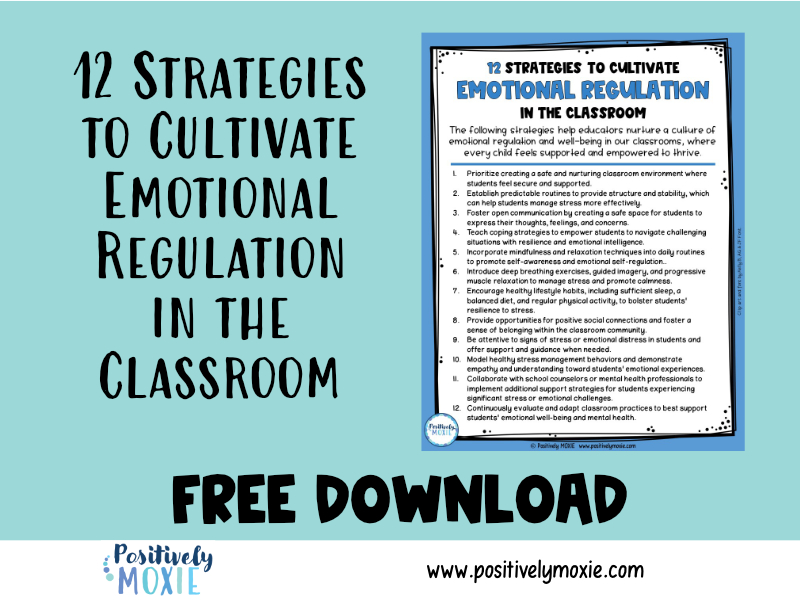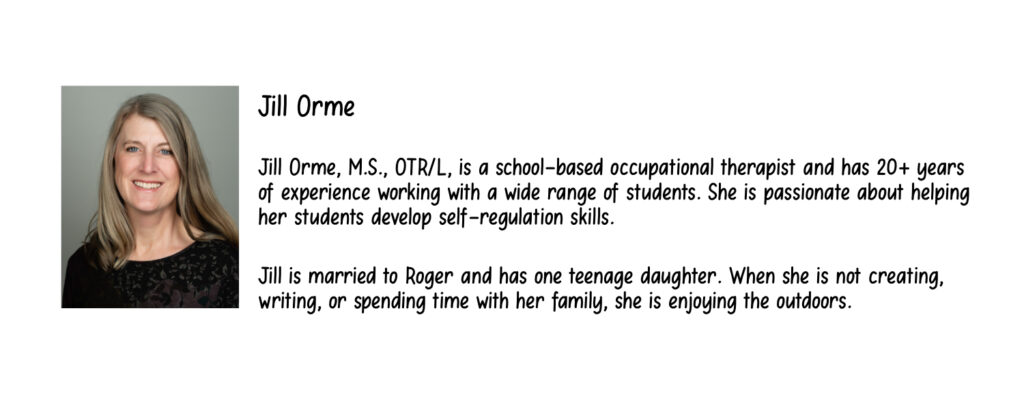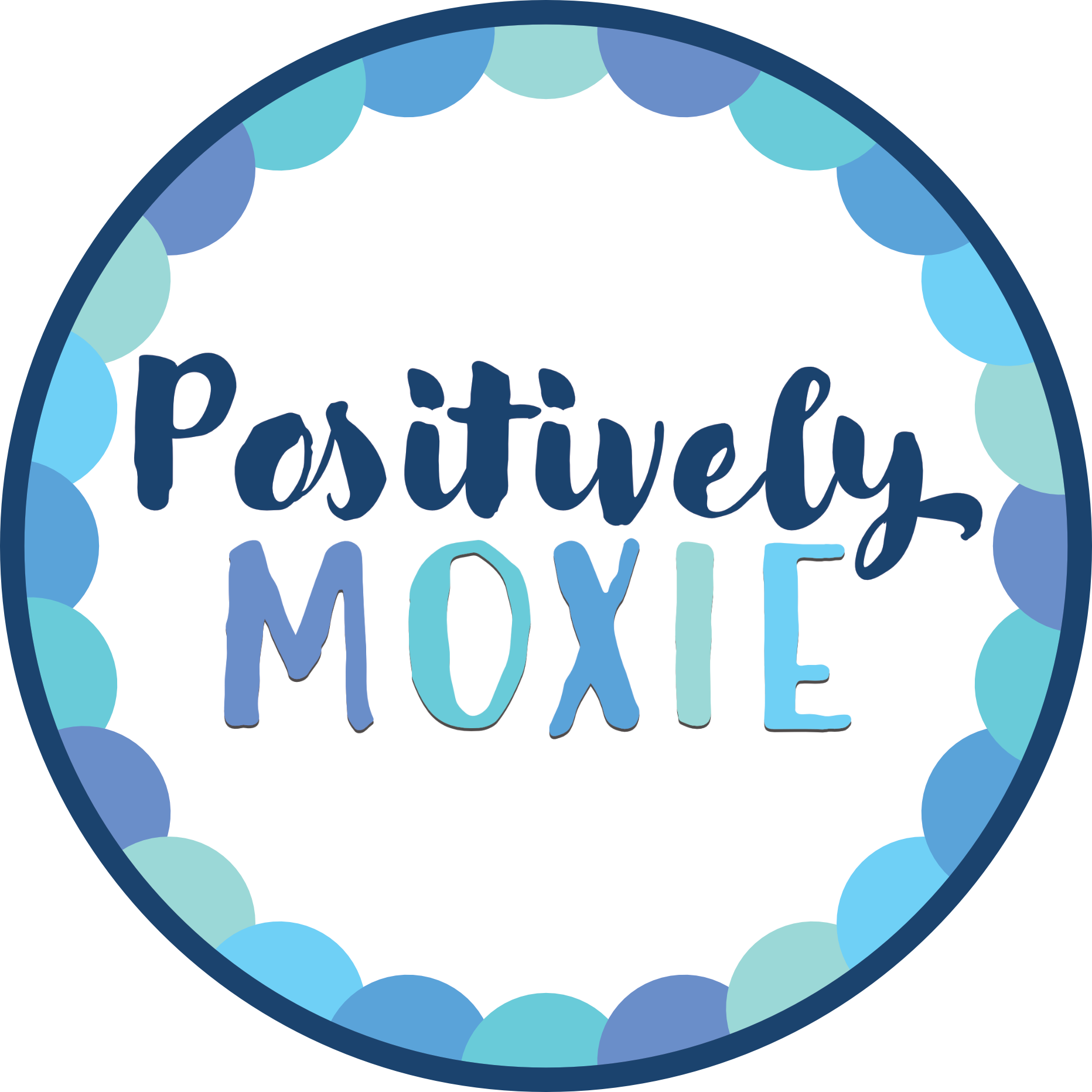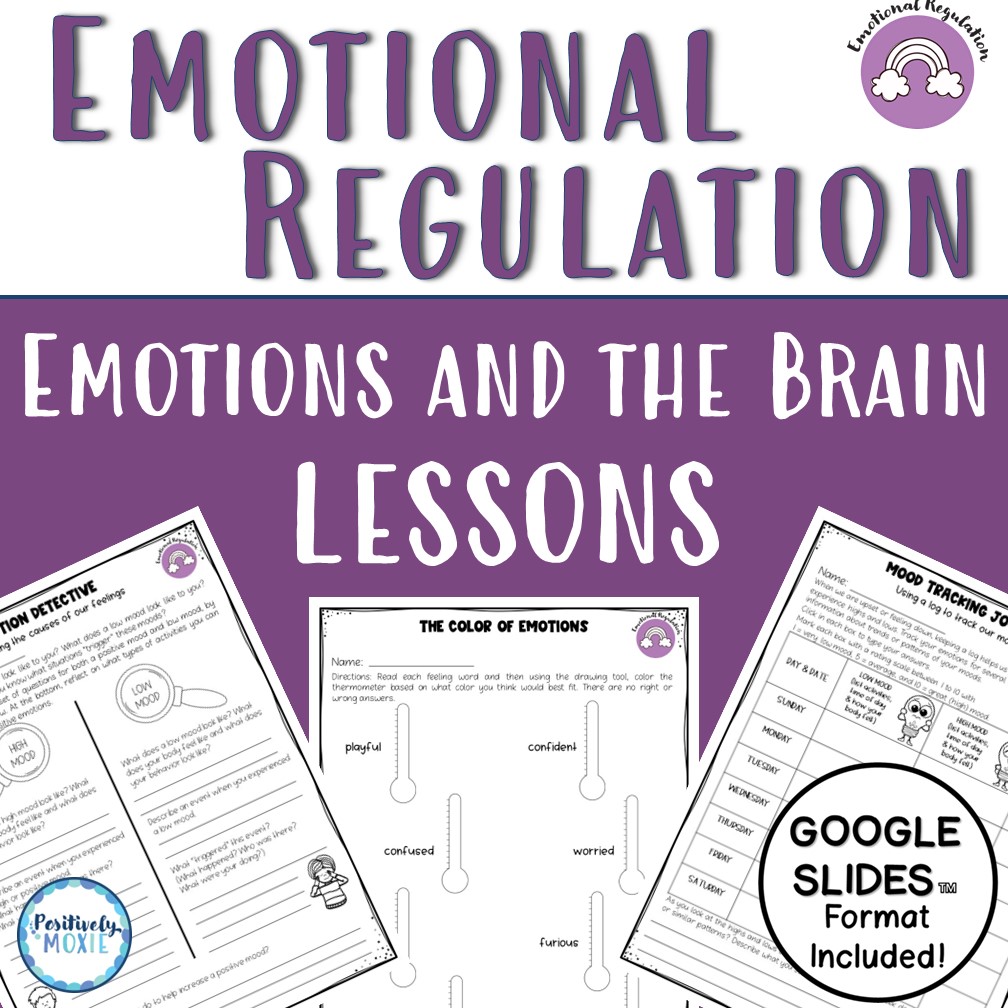
Understanding How Stress and Emotional Regulation Affect Student Behavior
As educators, understanding how stress and emotional regulation affect students’ ability to regulate their behavior is crucial for creating supportive learning environments where every student can thrive. Today, let’s explore the relationship between stress and emotional regulation and learn practical stress management strategies that hold the potential to transform our classrooms into havens of emotional balance and resilience.
Imagine a typical day in your second-grade classroom. Among the cheerful chatter and eager faces, there’s Sebastian, a bright young boy with a heart full of potential. However, Sebastian, like many other children, struggles with stress. Even seemingly small challenges, like a surprise quiz, can send him into a tailspin of anxiety and overwhelm. His struggle is real, and it’s our duty to help him overcome it.
Let’s look into the brain’s inner workings to understand why stress has such a powerful grip on Sebastian and many other children like him. Dr. Daniel Siegel’s hand model of the brain offers a simple yet profound way to visualize this complex organ. Imagine the limbic system, nestled deep within the midbrain, as the emotional center of our brains. It’s like the conductor of an orchestra, orchestrating our responses to the world around us. Understanding this, we can feel more confident supporting our students in managing their stress.
Brain Structures and Their Relationship to Stress and Emotional Regulation
Four key structures stand out within this emotional hub: the amygdala, hippocampus, thalamus, and hypothalamus. These structures work in harmony to process and respond to emotions, forming the foundation of our emotional experiences.
During stress, the brain kicks into high gear, initiating what is commonly known as the fight, flight, freeze response. This response is instinctual and functions to protect us from real AND perceived environmental threats.
The amygdala, often called the brain’s alarm system, detects potential threats and activates the stress response. It sends rapid signals to the hypothalamus, triggering the release of stress hormones such as cortisol and adrenaline. These hormones prepare the body for action, whether fighting, fleeing, or freezing, in response to danger.
Meanwhile, our memory center’s hippocampus plays a crucial role in processing and storing emotional memories. It helps contextualize our experiences, allowing us to learn from past stressors and adapt our responses accordingly. However, prolonged exposure to elevated cortisol levels can impair the hippocampus’s function during periods of chronic stress, leading to difficulties in memory consolidation and emotional regulation.
As the stress response unfolds, the thalamus acts as a relay station, transmitting sensory information to various brain regions, including those involved in emotional processing. This heightened sensory input can intensify emotional responses, making it challenging for students to regulate their feelings effectively.
The Stress Response
A simple quiz announcement can set off Sebastian’s amygdala like a fire alarm. His heart races, palms sweat, and thoughts race as his brain goes into overdrive, preparing him to fight, flee, or freeze in the face of perceived danger. In this heightened state of arousal, rational thought takes a backseat to survival instincts, making it difficult for him to regulate his emotions effectively.
But it’s not just Sebastian. This stress response is hardwired into us, shaping our emotional experiences and behaviors. Whether we’re adults or students, the amygdala’s vigilance and the stress response it triggers are fundamental to our survival instincts.
So, how can we help students like Sebastian learn to navigate stress and regulate their emotions more effectively? The key lies in understanding the role of the sympathetic and parasympathetic nervous systems—the yin and yang of our autonomic nervous system.
When stress strikes, the sympathetic nervous system springs into action, mobilizing the body’s resources for action. It’s like flipping a switch, activating the fight-or-flight response and preparing us to confront or escape perceived threats. Meanwhile, the parasympathetic nervous system acts as the body’s built-in relaxation system, promoting rest and recovery once the danger has passed.
Strategies for Stress and Emotional Regulation Management
As educators, we play a vital role in teaching students practical strategies for managing stress and regulating emotions. Simple techniques like deep breathing, mindfulness exercises, and sensory-based activities can help soothe the amygdala’s alarm bells and restore a sense of calm.
So, how does all of this information translate to our classrooms and the emotional well-being of our students? Understanding the interplay between stress and emotional regulation equips us with valuable insights into supporting our students’ mental health.
12 Strategies to help educators cultivate a classroom emotional intelligence and well-being culture.
1. Create a safe environment
Prioritize creating a safe, nurturing classroom environment where students feel secure and supported.
2. Establish predictable routines
Create predictable routines to provide structure and stability, which can help students manage stress more effectively.
3. Foster open communication
Facilitate open communication by creating a safe space for students to express their thoughts, feelings, and concerns.
4. Teach coping strategies
Teach coping strategies to empower students to navigate challenging situations with resilience and emotional intelligence.
5. Incorporate mindfulness
Integrate mindfulness and relaxation techniques into daily routines to promote self-awareness and emotional self-regulation.
6. Introduce deep breathing
Present deep breathing exercises, guided imagery, and progressive muscle relaxation to manage stress and promote calmness.
7. Encourage healthy habits
Model healthy lifestyle habits, including sufficient sleep, a balanced diet, and regular physical activity, to bolster students’ resilience to stress.
8. Provide opportunities for social connection
Offer opportunities for positive social connections and foster a sense of belonging within the classroom community.
9. Look for signs of emotional distress
Be attentive to signs of stress or emotional distress in students and offer support and guidance when needed.
10. Model healthy stress management
Encourage healthy stress management behaviors and demonstrate empathy and understanding toward students’ emotional experiences.
11. Collaborate with others
Partner with school counselors or mental health professionals to implement additional support strategies for students experiencing significant stress or emotional challenges.
12. Adapt practices frequently
Continuously evaluate and adapt classroom practices to best support students’ emotional well-being and mental health.

image here = quote?
Returning to Sebastian’s story, imagine providing him with tools like deep breathing exercises to practice when he feels overwhelmed. With each slow, deliberate breath, he learns to quiet the storm within him, gaining control over his emotions and reactions.
Let’s create safe classroom spaces where students feel empowered to express their feelings and learn healthy coping mechanisms. By integrating emotional regulation and stress management lessons into our curriculum, we equip our students with invaluable life skills that will serve them well beyond the classroom walls.
In the bustling world of education, we witness firsthand the profound impact that stress can have on our students’ emotional well-being. In conclusion, stress’s impact on emotional regulation is profound. Still, by understanding the brain’s stress response and implementing effective stress management strategies, we can help students like Sebastian navigate life’s challenges with resilience and grace.



